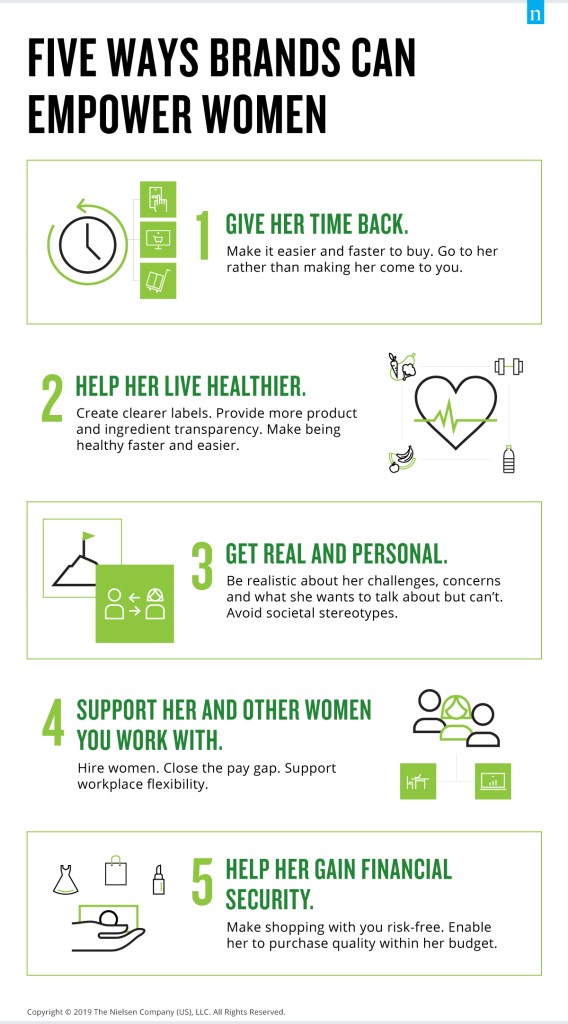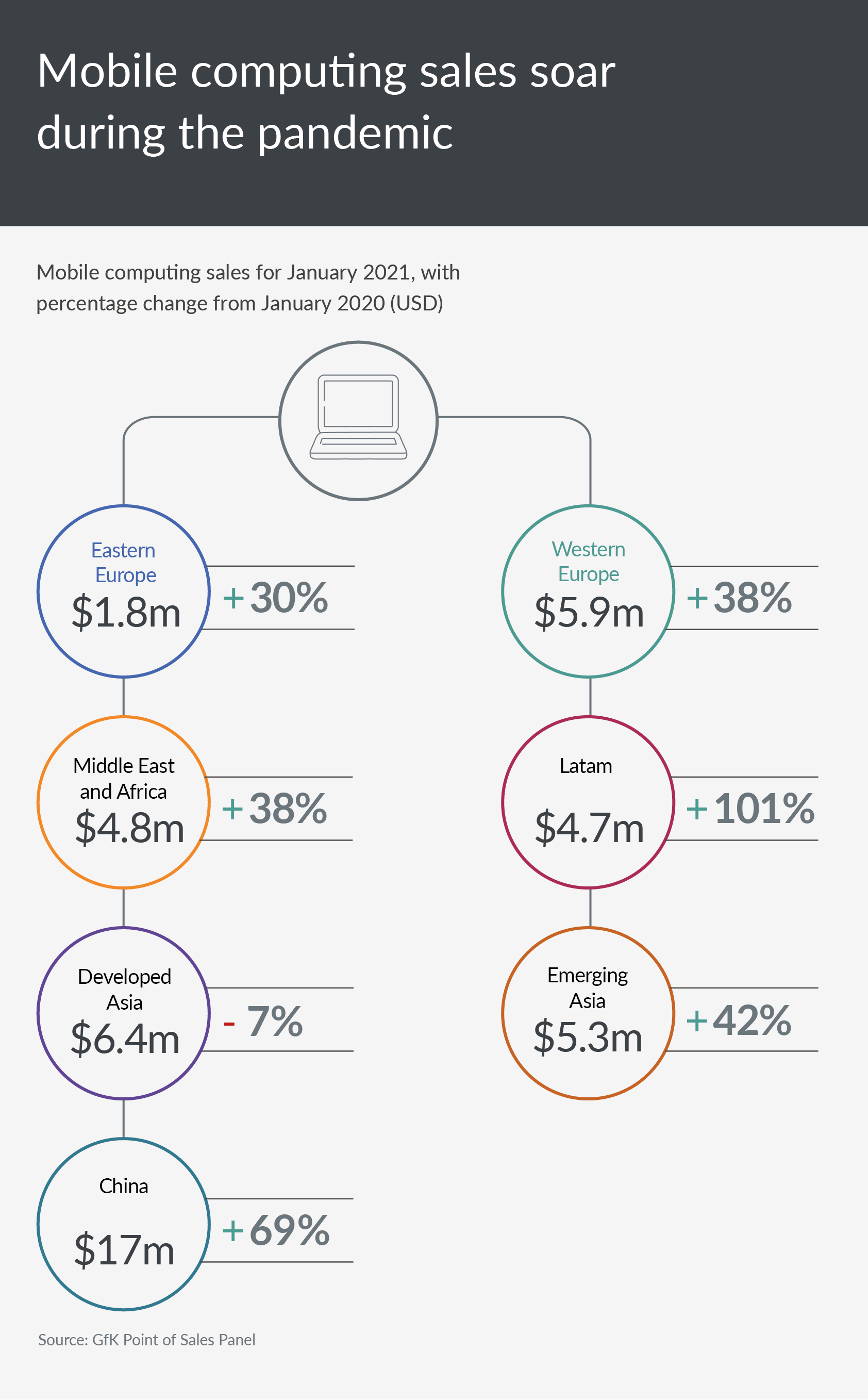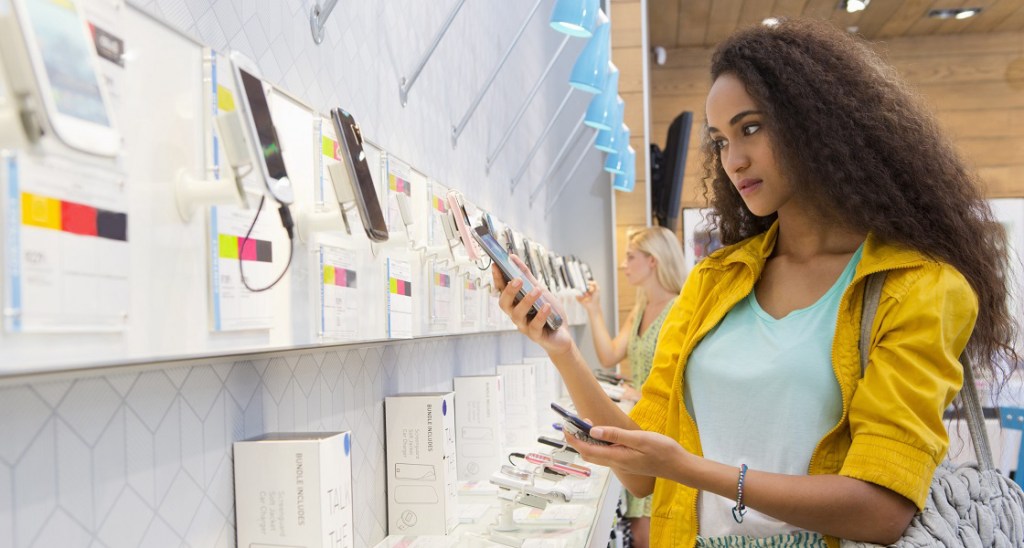The pandemic and subsequent global lockdowns brought about new ways of working and more challenges for remote workers. As we move into a new normal, employees are demanding more work-life balance — some pushing for a hybrid working model and others to be fully remote.
People now working or studying from home have created a unique opportunity for tech and durables (T&D) companies to bring products to market that meet the demands of this remote/hybrid work culture.
With many companies having announced work-at-home policies, it is vital for T&D brands to understand who the remote worker is and why they choose to work from home, how the pandemic affected their working lives and, the new opportunities for success from meeting the new consumer group’s needs.
Who is the remote worker?
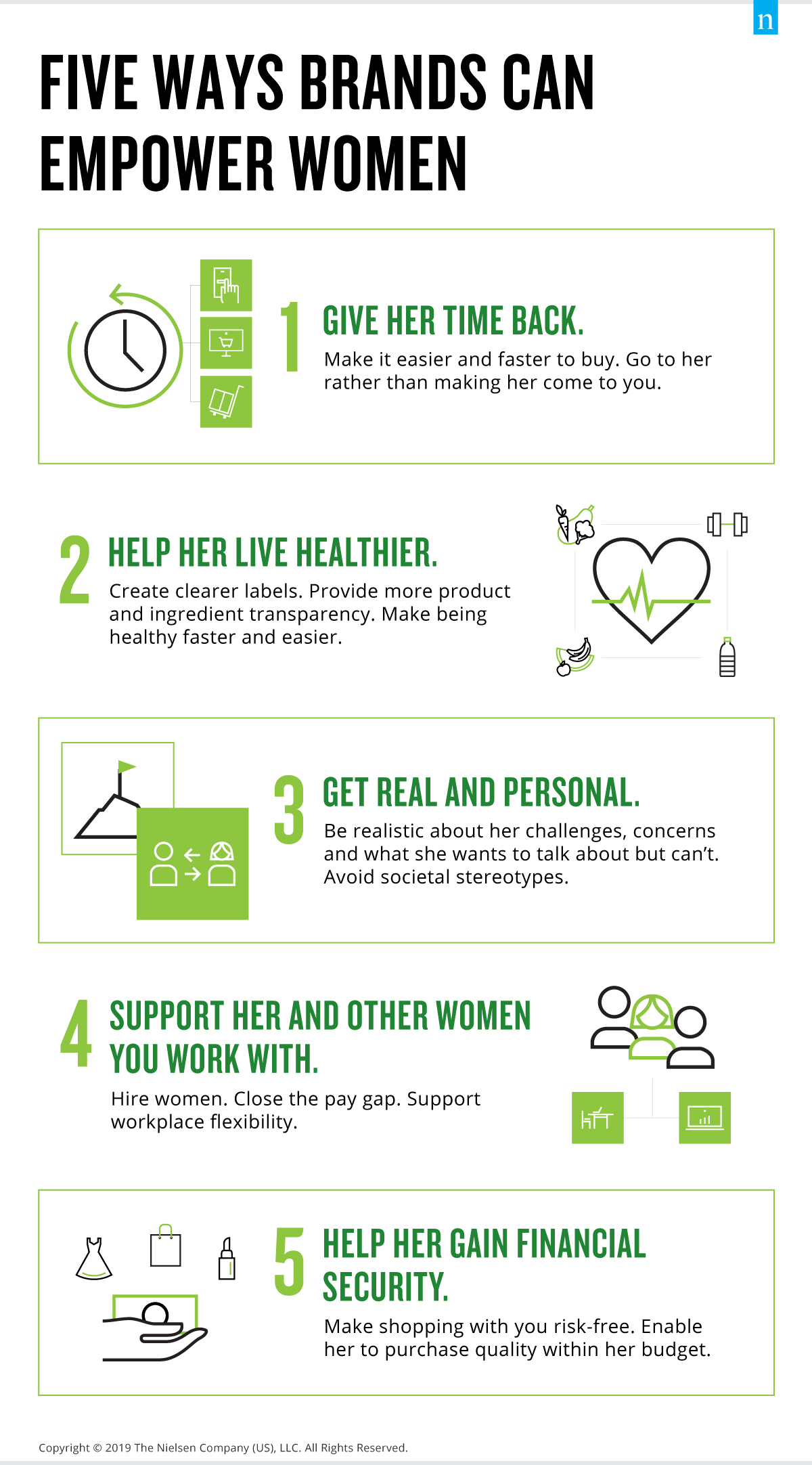
Remote workers are those who work from home. Globally, 16% of companies are fully remote, approximately 62% of employees aged 22 to 65 say they currently work remotely at least occasionally, and 99% would choose to work remotely for the rest of their life, even if it was just part-time. These statistics signal the extent to which the global workforce embraced remote work over the last year. The industries with the highest numbers of remote workers are healthcare 15%, technology (10%) and financial services (9%).
GfK ran an internal study of it’s more than 8500 strong workforce in 2021 to understand how and where they wanted to work. Analysis of the results showed that 70% believe work from home (WFH) gives them a higher quality of life. 50% say their stress levels have decreased and a whopping 88% are happy with the time they have saved on commuting.
Before the pandemic lockdowns, there were other drivers behind the remote work trend, including better work-life balance, flexible work hours, and increased productivity. It seems remote workers know what they want from life. They enjoy the freedom and flexibility of working the hours that fit their personal life. Their employers agreed to remote working, and now they enjoy the freedom and flexibility of working the hours that suit them. Companies are likely to keep embracing hybrid working for recruiting and retention purposes, and they can slim down on office space to reduce overheads. Overcoming obstacles to remote work is therefore critical.
What challenges do remote workers face?
Despite the apparent benefits, remote workers face challenges too, from keeping realistic working hours and structuring the day to coping with fewer colleague interactions and concerns around missed promotion opportunities.
One issue can compound another. The lengthier workday doesn’t necessarily equate to more meaningful team interactions. Video calls designed to replace face-to-face meetings can swamp employees as they jump from one call to another throughout the day. Employees, who otherwise claim to be happy working from home, report being less engaged and productive if their day is packed with video meetings. These challenges provide T&D brands with opportunities to provide solutions for the remote worker consumer, as hybrid working needs evolve post-pandemic.
How has the pandemic accelerated remote worker consumer T&D experiences?
Innovative tech businesses have used the pandemic to test whether permanent remote work is feasible and lucrative. Many realized financial benefits from reducing the fixed costs of home office IT hardware and infrastructure during the 2020 lockdowns. Their success also demonstrated remote work’s potential for longevity.
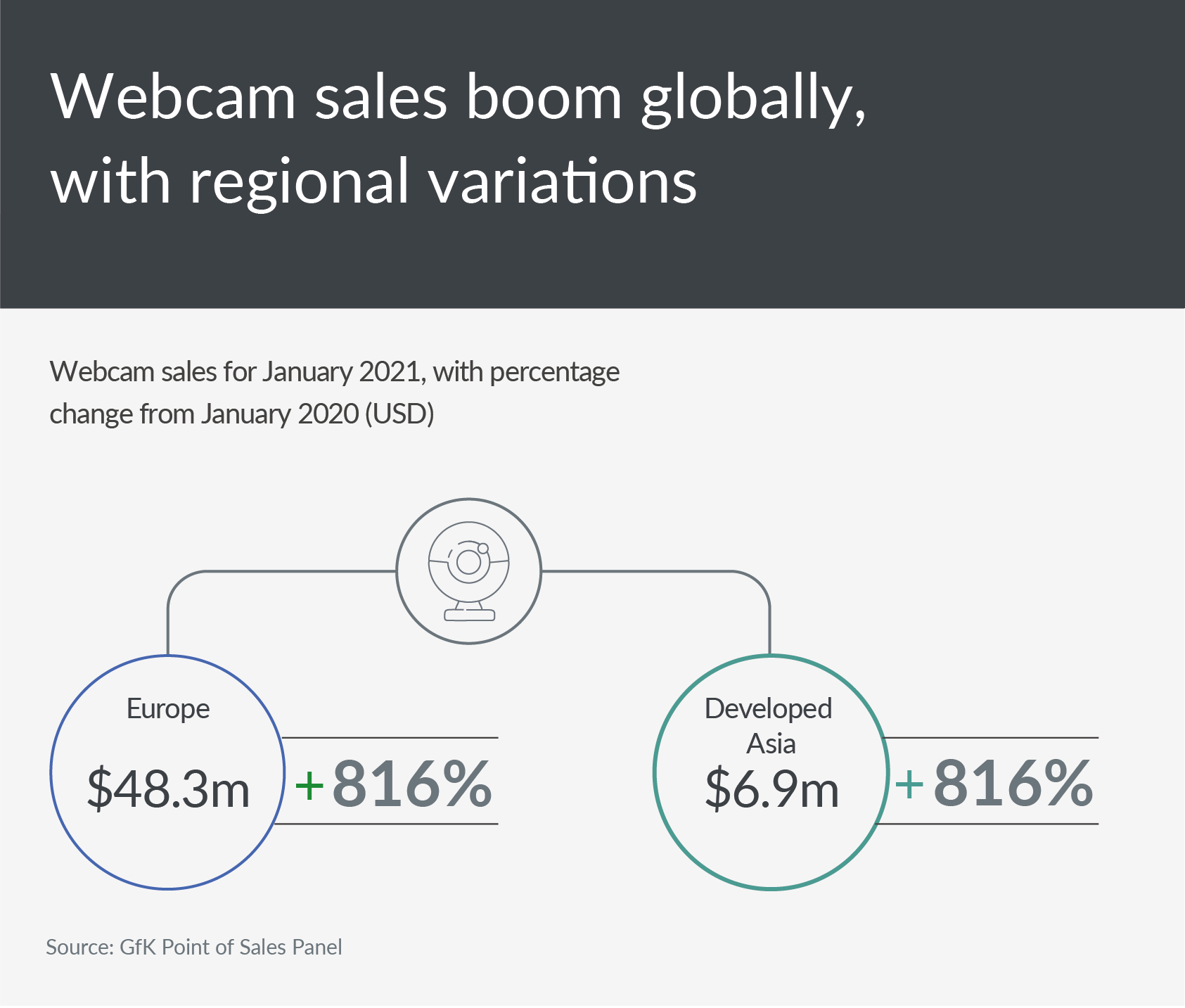
According to data from GfK’s Point of Sale Panel August 2021, webcams experienced a huge 145% revenue growth between 2020 and 2021, while headsets grew 52% and monitors 38%. This increase undoubtedly correlates with the move to remote work during the pandemic, which created instant demand for T&D products and experiences. Remote worker consumers needed tools to complete day-to-day tasks and stay connected. Three T&D product categories enjoyed particular success:
- Computer monitors. “The ultimate remote working device is the monitor,” says Sohjin Baek, Global Strategic Insights Manager at GfK. “It is the cornerstone of the home working environment. And if you have multiple monitors, it really enhances the remote working experience, which is why monitor sales are still increasing”.
- Computer accessories. “Keyboards, mice, headsets, webcams — they are all performing strongly as the effects of the pandemic and remote working continue,” says Ines Haaga, Global Strategic Insights Manager at GfK.
- Mobile computing. “The mobile computing market has been declining for over five years. But, as the pandemic happened, sales saw an increase by 21% in units and 26% in value during 2020,” explains Sohjin Baek.
Although sales figures for Asia and Europe dropped in 2021, this was mainly mostly due to supply shortages, price increases, and employees or students now having these products at home.
With the installation and increased use of T&D products in the home comes the need for supplementary tech to make it work at capacity. “With so many devices functioning at the same time, in the same place, T&D consumer needs are evolving,” explains Ines Haaga. “Routers and infrastructure devices like Wi-Fi Mesh, Wi-Fi repeaters and extenders are gaining traction as a result.”
What adjustments do remote or hybrid workers need to make?
While some businesses return to the office as we assimilate to the post-pandemic world, data shows that the remote/hybrid work trend is not slowing down. T&D products play a part in helping remote workers transition from temporary to permanent remote/hybrid setups.
Being unable to unplug, difficulties with collaboration and communication, loneliness, distractions at home, and staying motivated are some of the main challenges remote workers face. Key areas where employees need employer support as they adjust to the new workplace reality include:
- Time vs. location flexibility. Organizations offering flexibility beyond the standard 40-hour workweek now view 55% of their workforce as high performers, vs. 36% of organizations still operating 9-to-5.
- Mental health and well-being support. The pandemic made business leaders realize that helping employees manage their life experience, instead of just focusing on their work experience, positively affects their job performance.
- Personal and professional development. Affordable, easy access software and applications, with bite-size learning capabilities, help with work-life integration.
- Work-life integration vs. work-life balance. Organizations that empower workers’ work-life integration, reap the benefits of retention and productivity.
There are tech products and managed services that enhance the remote worker’s experience of work-life integration. Microsoft’s My Analytics dashboard shows users their time on screen, how often they disconnect from work, and the apps they are using. AirPods Pro feature noise-canceling tech to mitigate sound disruptions, and the latest webcams that show coworkers in crystal-clear clarity, help normalize the hybrid work experience.
Remote working: An opportunity for brands

The pandemic has initiated a massive shift in business T&D spending on web conferencing software, collaboration, and time tracking tools. Showing the ROI of this spend, 96% of leaders responsible for employee productivity state that key technologies provide employee and business-related benefits.
Global collaboration is also lucrative for brands. Nearly 60% of remote workers say their company operates in between two and five time zones. A situation prompting the need for asynchronous (async) communication — people working at different times, with fewer video calls, but more solo working, meeting recordings, and transcripts.
“Async-first means people can abolish the 9-to-5 schedules and work at their peak periods,” says Amir Salihefendic, CEO of Doist. “Apart from a better quality of life, async-first enables focused work without interruptions from pings and meetings all day. But async work will not appeal to everyone — it requires trust and accountability from independent people, who manage their work with little or no direction.”
Brands need to innovate workplace technology that supersedes all-remote or all-in-person working. Those that focus on these insights, build an efficient remote/hybrid business model, and implement T&D to elevate remote workers’ day-to-day experiences will succeed.
What is the opportunity?
The remote working consumer will see seismic shifts over the next five to ten years. Experts predict that 73% of all global departments will have remote workers by 2028. And with global sales of T&D up 18.1% to $646bn between January and September 2021 (compared to the same period in 2020), the rising demand for home office equipment provides a strong opportunity for T&D brands.
Over time, conference calls will be replaced by tools that allow collaboration across projects and documents. Cybersecurity will be critical, with self-employed workers needing to demonstrate cybersecurity awareness before being offered work. AI will predict the tools and software a worker needs each day, while hybrid teams collaborating across asynchronous time zones will require always-on methods of communication. Messaging apps like WhatsApp and Slack will combine business and personal features, allowing employees to switch on and off from work. Ines Haaga expects Bluetooth to replace cables and devices like dongles. “We have insights telling us that upgrading T&D and hardware will be a big topic in the future,” adds Sohjin Baek.
Virtual reality (VR) has a part to play too and GfK data shows that 22.5% of global consumers plan to buy a standalone VR headset ‘in the next year or two, suggesting that this way of working could soon become a reality. As demand increases and more suppliers enter the VR space, manufacturing costs will drop. In turn, we will see more applications appearing as brands latch onto the trend. 61% of consumers say they prefer retailers with augmented reality (AR) experiences.
Whether via 3D, holographic, or even virtual technology, successful future tech will make interfaces, interactions and environments feel more real. The success of these technologies lies in the ability of T&D tools to create a seamless employee experience — be that remote, in-person, or a combination of the two.
Working from home is great if you can work freely without interruption. In a post-pandemic world, being able to drop a child at daycare again will free up a lot of individuals to truly work from home.
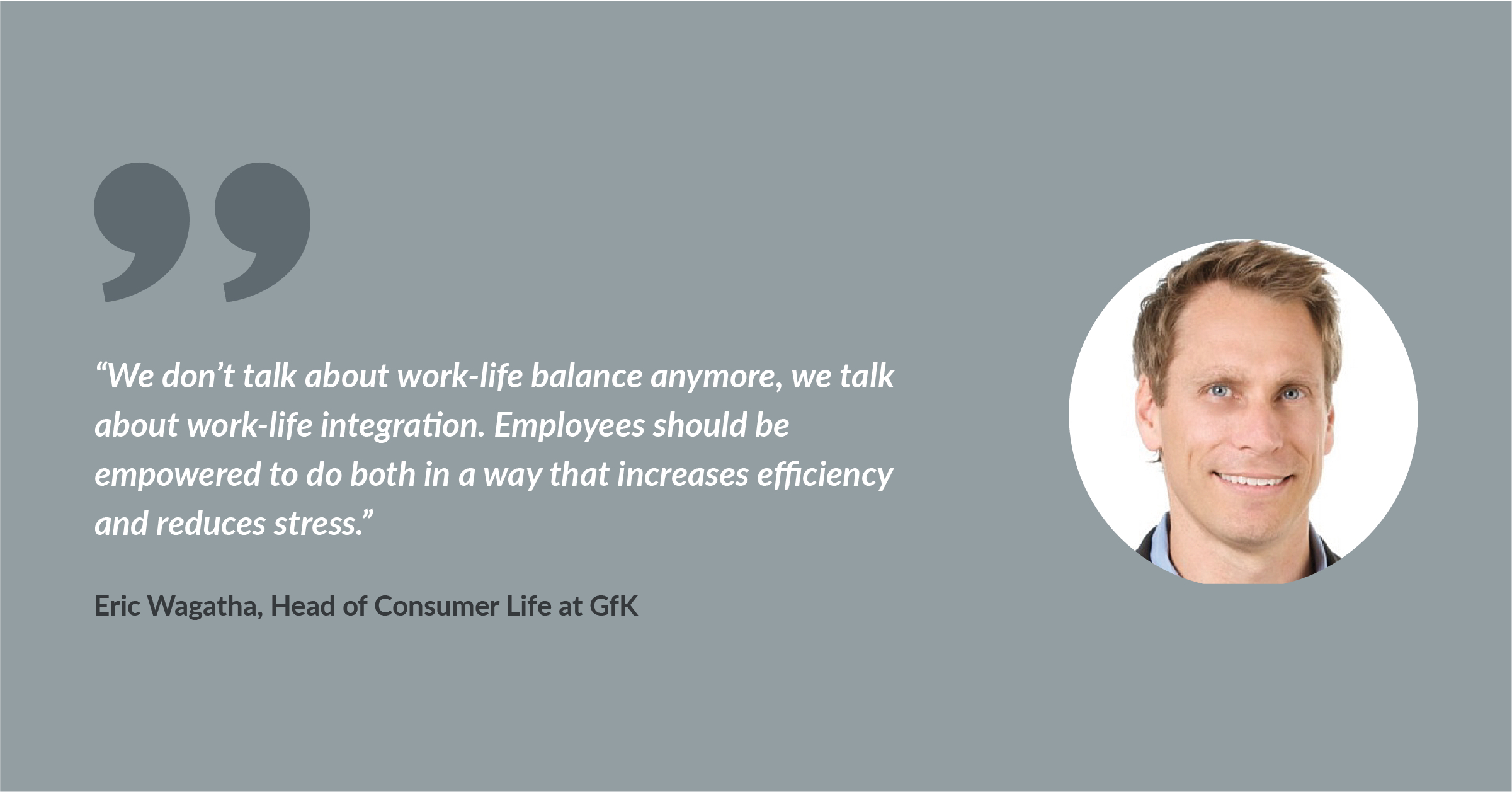
Learn more about your remote workers
